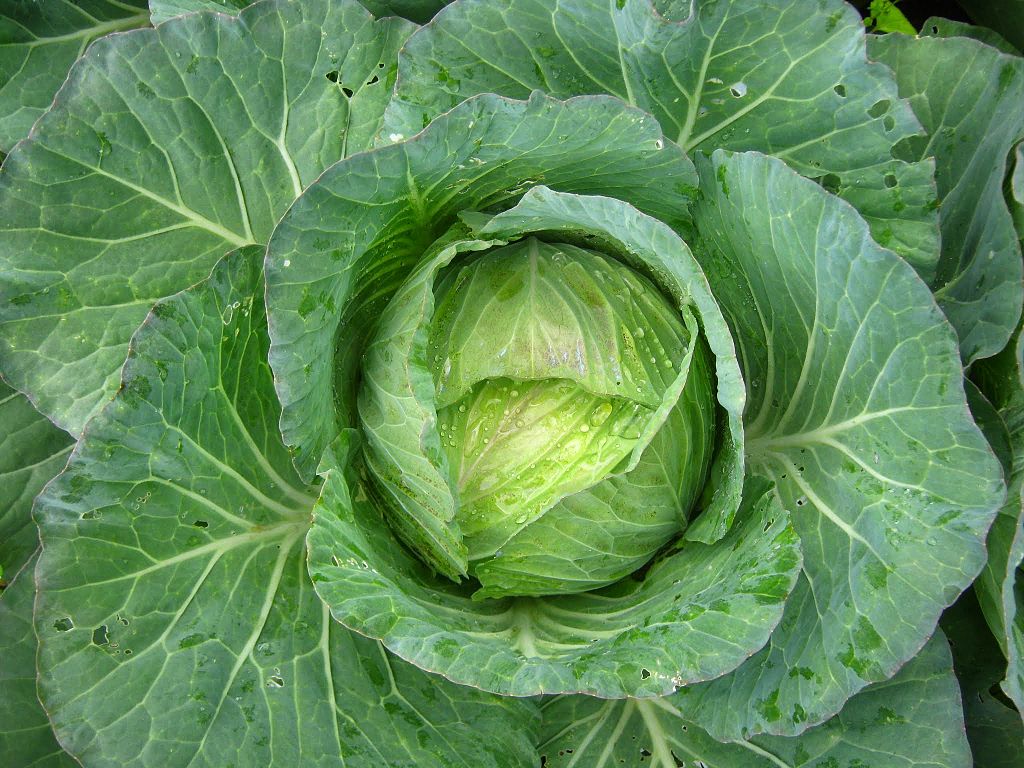
The name cabbage can refer to one of several herbaceous biennials in the mustard family, Brassicaceae, that also includes broccoli, cauliflower, and brussels sprouts. It was domesticated from wild cabbage growing in coastal Europe and Britain before 1000 BC and became an important part of the diet by the Middle Ages. The wild cabbage first gave rise to loose headed forms like kale and by ancient Greek and Roman times to headed forms such as the cabbage we know. Later, selections with fatter stems like kohlrabi emerged, and still later, plants like broccoli and cauliflower were developed for their edible buds. The ancient Greek and Roman writers identified 3 or more types of cabbage but the exact one is difficult to determine. Cato the Elder (234–149 BC) considered cabbage the best of all vegetables and extols its medicinal virtues, while the naturalist, Pliny the Elder, (d. 79 AD) praises the cabbage of Pompeii for its tenderness but notes that it can not stand the cold. Graffiti from ancient Pompeii also includes mention of cabbage, but although the form is uncertain we can be sure that the plant in some form was present there. Photo Credit Kondah Wikipedia
Description: Cabbage is generally known now as a biennial grown as an annual for its green, red/purple, or white/pale green leaves that form a dense head but that is not necessarily the cabbage in Pompeii. The heads of leaves that form in the first year usually weight from 1-2 pounds, and are harvested for food. The second year, plants that are grown to provide seed rather than food, produce an unbranched terminal raceme of 4-petaled yellow or white flowers in early winter.
Size: 12-14″ H
Light: Full sun
Soil: Fertile, medium moist, well-drained
Hardiness Zones: Likes cool temperatures